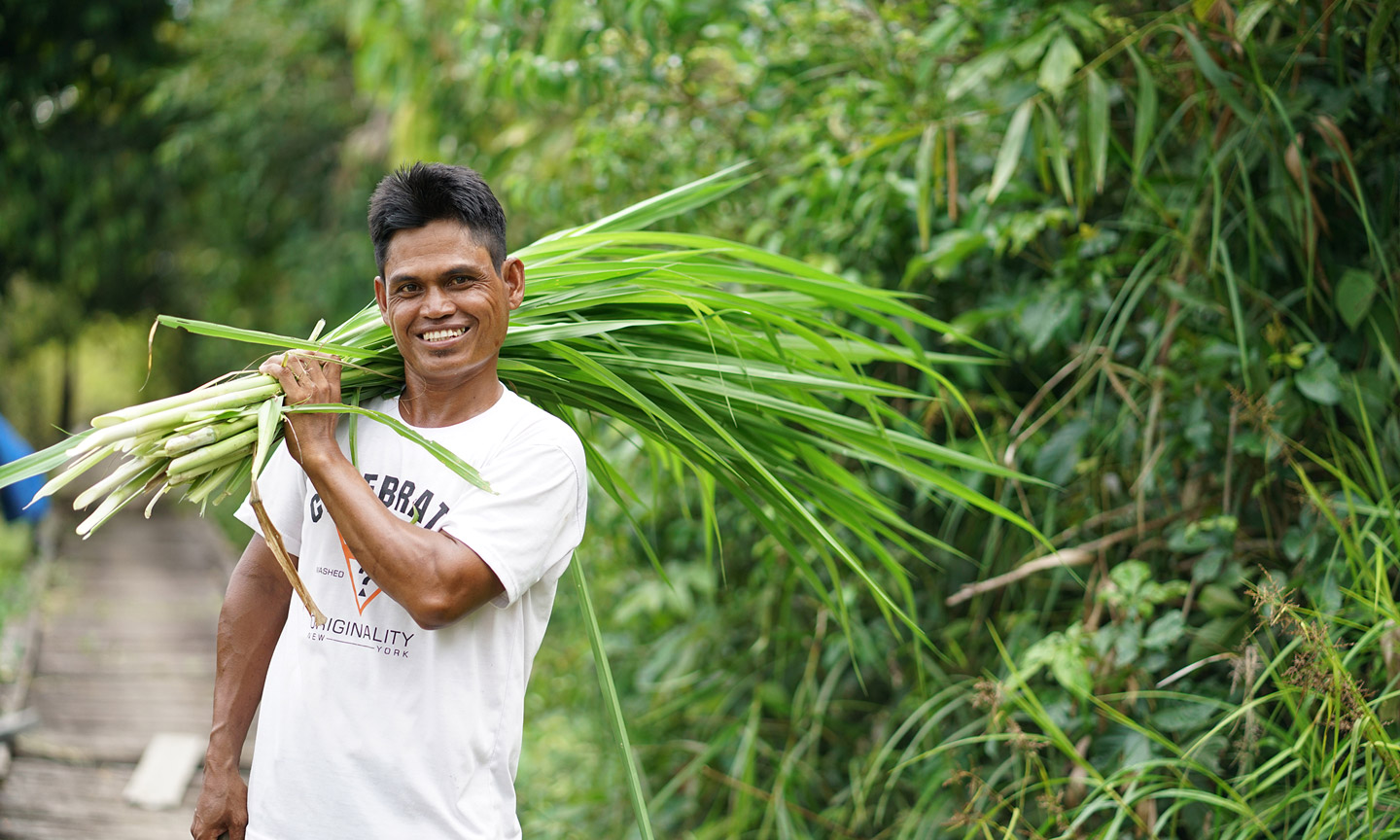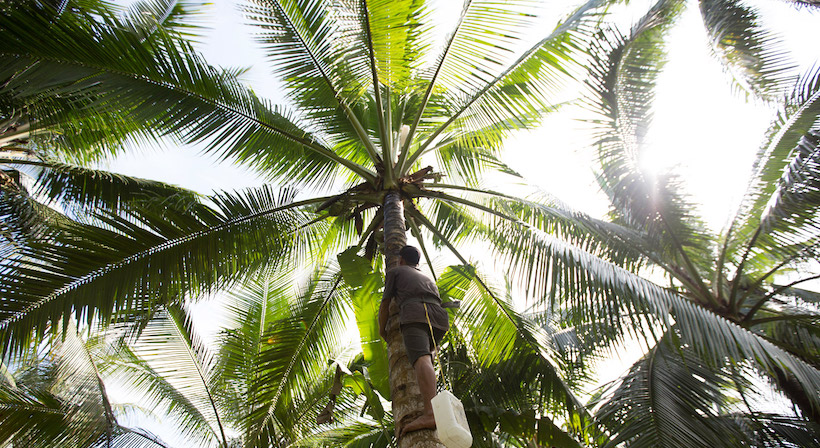Katingan Mentaya Project

Introduction
The Katingan Mentaya Project (KMP) is one of the world’s largest and most impactful forest conservation and restoration initiatives. Located in Central Kalimantan, Indonesia, this project protects 157,000 hectares of tropical peatland forest—one of the planet’s most carbon-rich and biodiverse ecosystems. By preventing deforestation and supporting sustainable community development, the Katingan Mentaya Project is a model for how carbon finance can deliver climate, social, and environmental benefits at scale.
Table of Contents
Project Overview
KMP was launched to stop the planned conversion of this vast peat swamp forest into industrial acacia plantations. Instead, the project focuses on conservation and restoration, locking away millions of tonnes of carbon that would otherwise be released through logging, drainage, and burning. The project is managed by PT Rimba Makmur Utama (PT RMU) in partnership with Permian Global and Wetlands International, and is verified under the Verra Verified Carbon Standard (VCS) and Climate, Community and Biodiversity (CCB) Standards.

Climate Impact: Avoided Emissions and Carbon Removal
Tropical peatlands are among the world’s most effective carbon sinks, storing vast amounts of carbon in their deep, waterlogged soils. When peatlands are drained or cleared, this carbon is released as greenhouse gases, accelerating climate change. By protecting 157,000 hectares of intact peatland, KMP prevents the emission of an estimated 7.5 million tonnes of CO₂ equivalent per year—comparable to taking 2 million cars off the road annually. The project also supports reforestation, further enhancing carbon sequestration and ecosystem resilience.
Biodiversity Conservation
The Katingan Mentaya Project safeguards critical habitat for some of Borneo’s most endangered wildlife. The protected area is home to over 5% of the world’s remaining Bornean orangutans, as well as proboscis monkeys, clouded leopards, and the southern Bornean gibbon. In total, the project area supports five Critically Endangered, eight Endangered, and thirty-one Vulnerable species, making it a Key Biodiversity Area (KBA). The project’s biodiversity team actively monitors species populations and ecosystem health, ensuring that conservation outcomes are measurable and transparent.
Community Development and Sustainable Livelihoods
KMP works closely with 35 villages and over 43,000 people living in the buffer zone around the project area. The project invests a significant portion of its carbon revenue into local development, supporting healthcare, education, vocational training, and the creation of sustainable businesses. Initiatives include women-run nurseries, coconut sugar processing (Mentaya Sweets), and sustainable harvesting of non-timber forest products like honey and medicinal plants. These programs provide alternatives to illegal logging and slash-and-burn agriculture, empowering communities to become stewards of their natural resources.
Alignment with the UN Sustainable Development Goals
The Katingan Mentaya Project contributes to all 17 United Nations Sustainable Development Goals (SDGs), reaching 70 targets and 68 indicators in 2022 alone. Its activities support climate action, poverty reduction, gender equality, clean water, sustainable economic growth, and more. The project’s participatory approach ensures that benefits reach those who need them most, and that local people have a voice in land use decisions.
Transparency, Verification, and Global Recognition
KMP is a triple gold-rated project, independently verified for its climate, community, and biodiversity impacts. It undergoes annual third-party audits and maintains open data systems and regular reporting. Carbon credits generated by KMP are sold on the voluntary carbon market, providing finance for ongoing conservation and community work. The project is widely recognized as a leading example of nature-based solutions to climate change and sustainable development.
Challenges and Ongoing Work
Despite its successes, the Katingan Mentaya Project faces ongoing challenges, including pressure from illegal logging, fire, and land conversion. The project’s long-term sustainability depends on continued collaboration with local communities, strong governance, and adaptive management. KMP’s experience shows that when conservation is paired with social investment and economic opportunity, local people become the most effective guardians of their forests.
Conclusion
The Katingan Mentaya Project demonstrates how protecting and restoring peatland forests can deliver powerful climate, biodiversity, and community benefits. By combining carbon finance with participatory development and rigorous conservation, KMP is helping Indonesia—and the world—move toward a more sustainable and resilient future.
Verified Project: Listed under the VCS, the Katingan Mentaya Project protects one of the largest remaining peat swamp forests in Indonesia. See project details: Katingan on Verra Registry.
Biodiversity Benefit: The project safeguards vital habitats for endangered species like the Bornean orangutan and proboscis monkey.
Author’s Note: This project goes beyond carbon — it preserves biodiversity and supports local communities with sustainable livelihoods.
Take action today, calculate your emissions using Coffset’s carbon footprint calculator and contribute to projects that make a real difference!
References:
https://katinganmentaya.com
https://permianglobal.com/projects/katingan-mentaya-project/
https://www.wbcsd.org/wp-content/uploads/2024/08/WBCSD-NCS-in-Action-Katingan-Mentaya.pdf
https://permianglobal.com/wp-content/uploads/2023/08/KMP-UN-SDG-Report_2021-2022.pdf
https://sustainabletravel.org/project/katingan-mentaya-project/
https://regreener.earth/projects-overview/restoring-and-conserving-Katingan-Peatland-in-Indonesia
https://kmp.catalyze.id